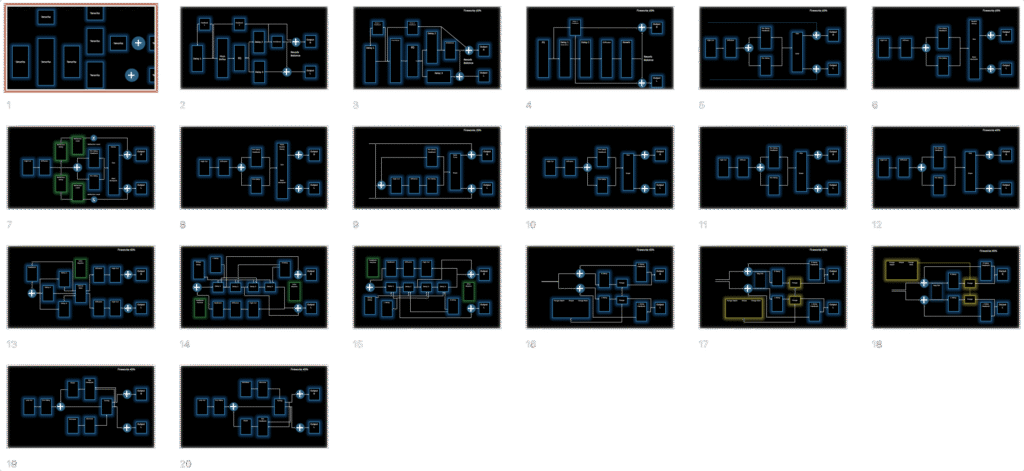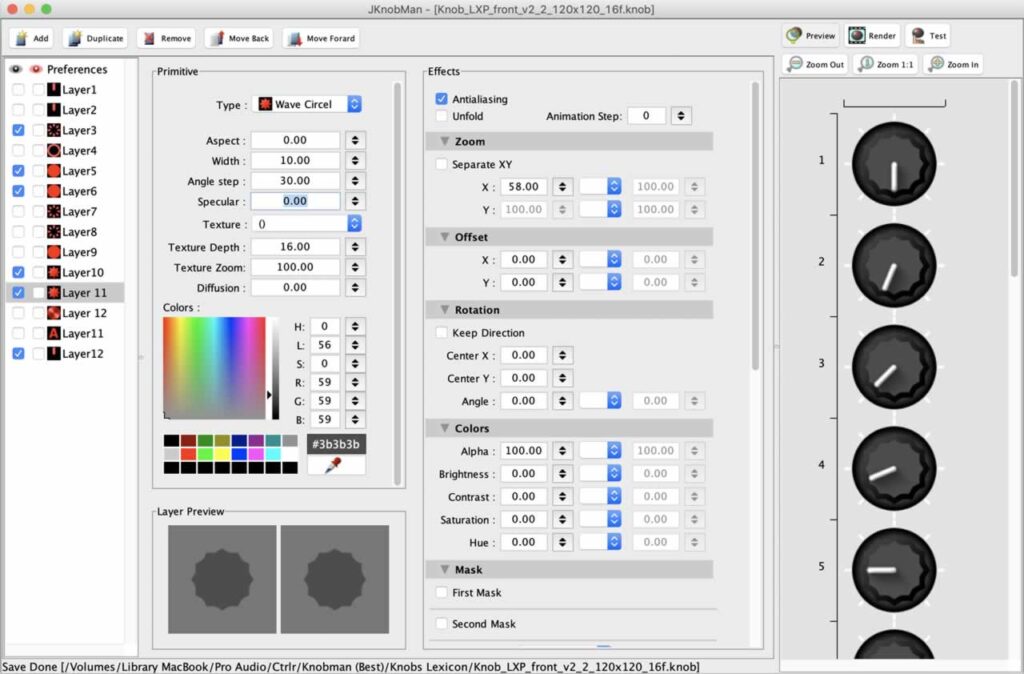It’s been a while since I shared progress on the LSP-1 editor for the Lexicon LXP-1 and wow, things have moved forward in a big way.
Originally, this project was centred around the LXP-1. But after some great conversations on the Lexicon Users Facebook group, I discovered something intriguing: the LXP-1 and Reflex share SysEx code similarities, with only slight differences in the number of modulators (and a few behaviour changes). That revelation led me to expand the scope – now the editor supports both units from a single program.
Reverse Engineering: My Kind of Sudoku
Lexicon’s approach to SysEx was impressively forward-thinking. They used a bit-packing algorithm to convert 7-bit data into 8-bit, then combined it into 16-bit values with a checksum on top. I had to reverse engineer all of this to enable live deconstruction and translation of modulator values – and honestly, it was a joy. This kind of puzzle-solving is my mental equivalent of sudoku.
The Memory Mapping Challenge
The trickiest part involved Lexicon’s 16-bit memory storage. It allows values outside the expected step range like 64, 128, 256, 512, 1024, 20248 and can store and return numbers that don’t quite fit! I built a dynamic error-checking routine that looks up values from the modulator map and nudges mismatches to the nearest valid value. It works beautifully.
Reflex + LXP-1: Patch Interchangeability
With that hurdle cleared, I can now load Reflex and LXP-1 patches interchangeably. This opens up exciting possibilities for sound cross-pollination and sharing across devices.
Algorithm Diagrams and Channel Logic
Once the core functionality was solid, I refined the algorithm block diagrams. While digging into the Reflex manual (page 24, for the curious), I noticed the L and R channels are inverted because the diagrams follow the sound flow from the box itself, not the listener’s perspective. That led to a few more revisions, but I’m happy with how it looks now.
To give you an idea of how painstaking this process is, I have attached a summary of many final versions of the algorithms. This excludes all of the tiny nudges and changes. Only 8 were slected for the final run.

Knob Building
To make the Lexicon more authentic, I spent a bit of time making authentic looking dials that mirror the 16 positions from the front of the hardware itself to assist with orientation.

Final Stages: Presets and Workflow
With live modulator scripting in place, I’m now baking in presets and refining workflow adjustments. It’s the final stretch—and I’m excited to share more soon.
Thanks for following along! If you’re working with Lexicon gear or just love the art of audio engineering, I’d love to hear your thoughts or swap notes.
